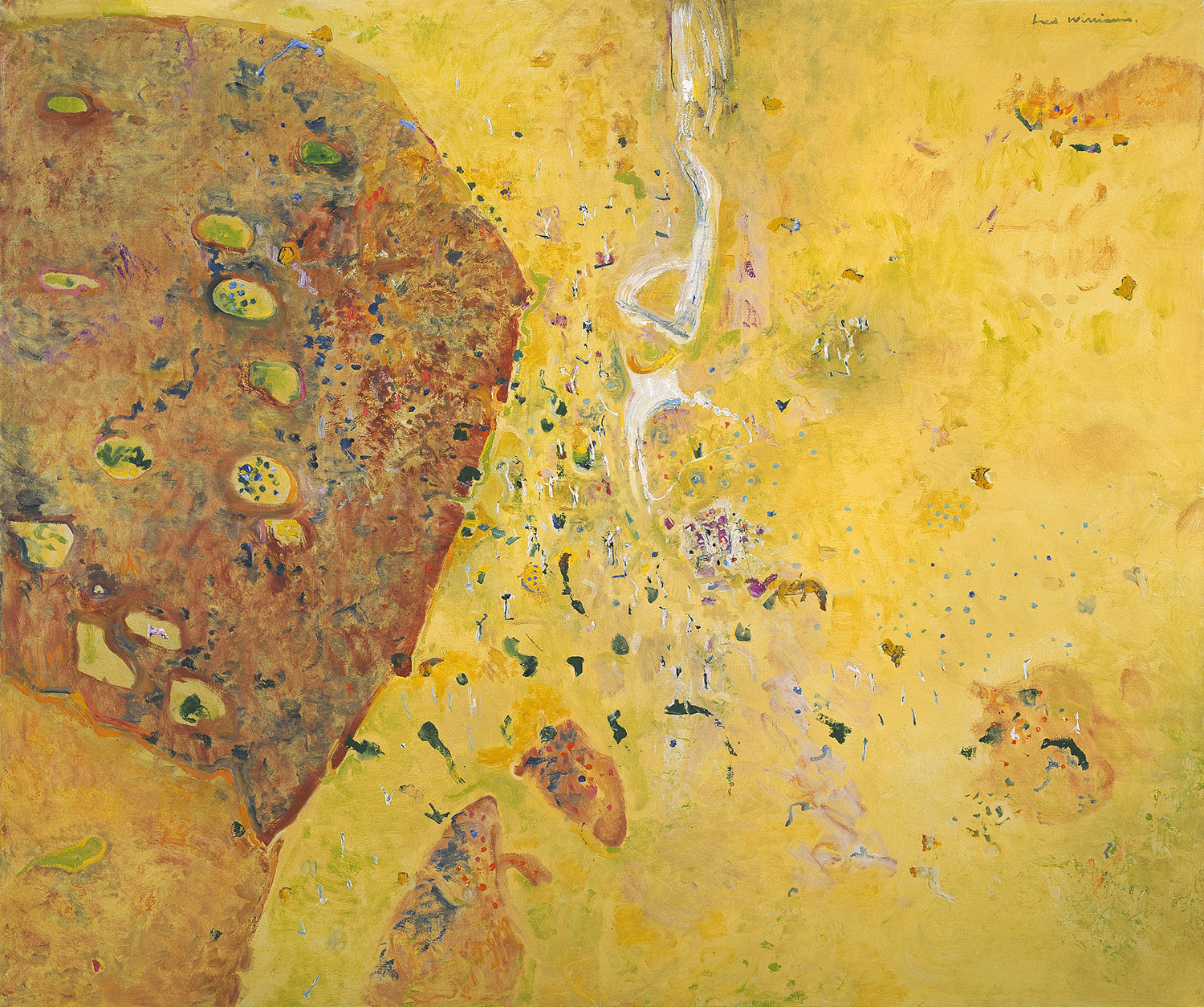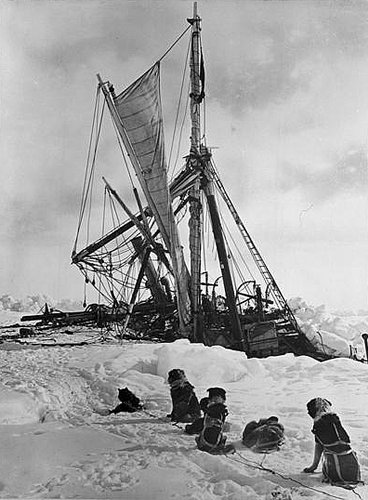
DESTINY DEACON
Where's Mickey, 2002
Lamda print from Polaroid original
100 x 80 cm (image)
The Artistic Director of the the 9th Montreal Photographic Biennale Martha Langford has invited six Australian photographers to show at the 2005 Montreal Photographic Biennale. The chosen artists are: Destiny Deacon, Lindy Lee, Tracey Moffatt, Martyn Jolly, Polixeni Papapetrou and Glen Sloggett.
Langford says: "Australian photographic practice was part of the inspiration for the theme of Image & Imagination.
"The work of the six participating artists is interlaced across the Festival. Of particular interest are visual explorations of identity and place. Remarkable synergy is created by the co-presence of Australian Aboriginal, American Native, and First Nations photographic artists."
As part of the Festival's first category, Sightlines into the Imagination, renowned artist and filmmaker Tracey Moffatt will present her first major Canadian exhibition at the Montreal Museum of Fine Arts. She will show three key photographic series: Scarred for Life (1994), Up In The Sky (1998), and Invocations (2000).
Polixeni Papapetrou will show Dreamchild (2003) and Wonderland (2004), a series of large colour works based on Lewis Carroll's photographs and illustrations from Alice in Wonderland and Through the Looking Glass.
In the Festival's second category, Mirroring Ourselves, Reframing Otherness, Destiny Deacon's Adoption (1993/2000) will exhibit at the Leonard and Bina Ellen Gallery. Her work will be shown with Canadian artist Evergon in an exhibition that manifests the power of symbolic objects to stir emotions from bitter anger to sublimated desire.
Lindy Lee's Birth and Death (2003), dedicated to the memory of her father, nephew and mother-in-law, will be shown at the Centre d'Art Amherst.
Glen Sloggett's Abandon (1997-2000), Cheaper and Deeper (1996-2000) and Lost Man (1993-2003) will show at the Maison de la culture Notre-Dame-de-Grace. Sloggett's work reflects images of everyday suburban spaces, leaving the viewer simultaneously amused and anxious. His dark, disquiet images explore the neglected, the derelict amd the out-of-date. His works have been featured in exhibitions including New Australiana, an Australia Centre for Photography touring exhibition, and Photographica Australis at ARCO 2002 in Madrid.
The Australian artists will be joining more than 60 artists from Canada, France, Haiti, the United Kingdom and the United States at the Le Mois de la Photo a Montreal.
from ozart





























